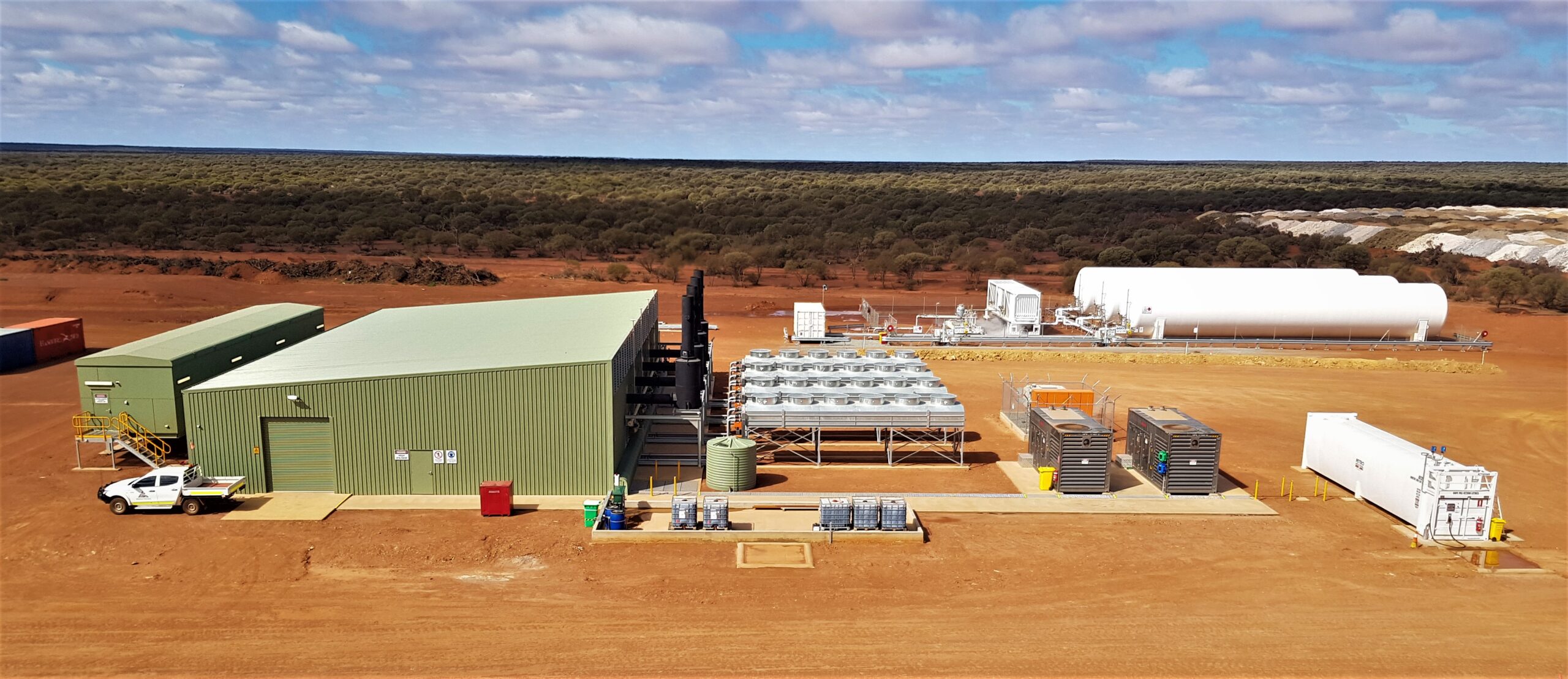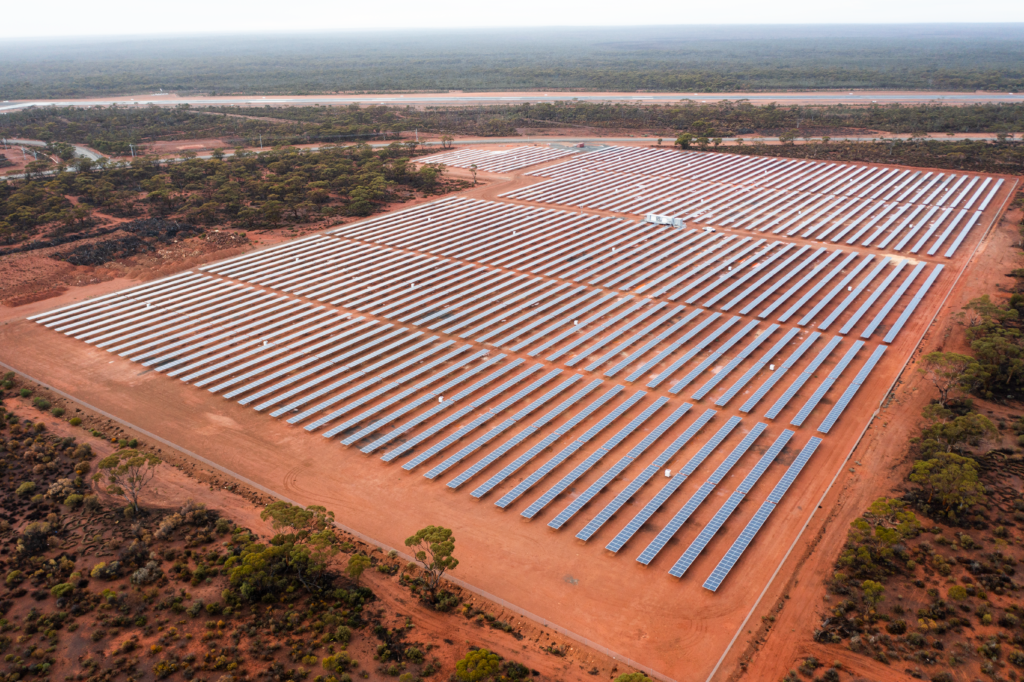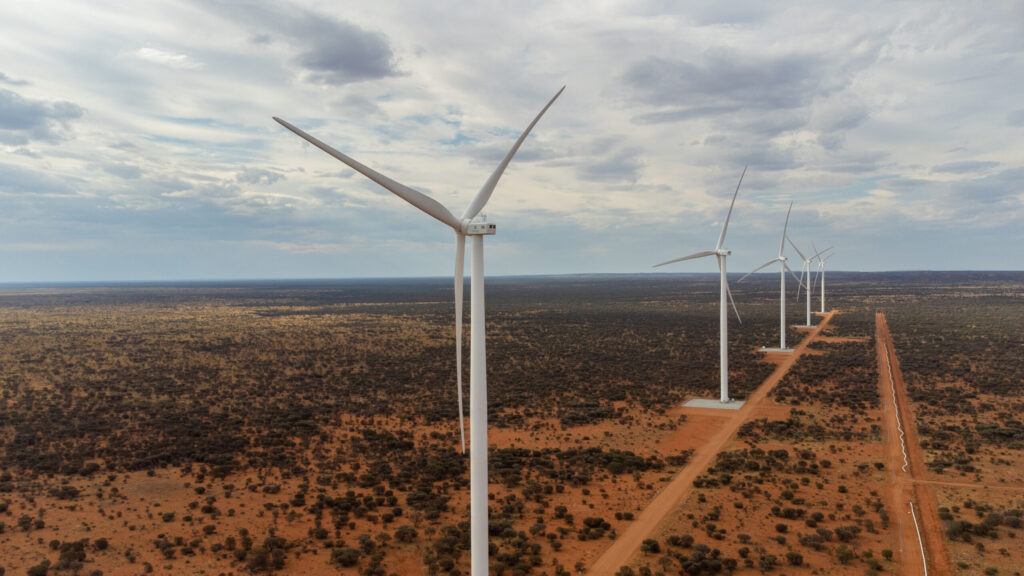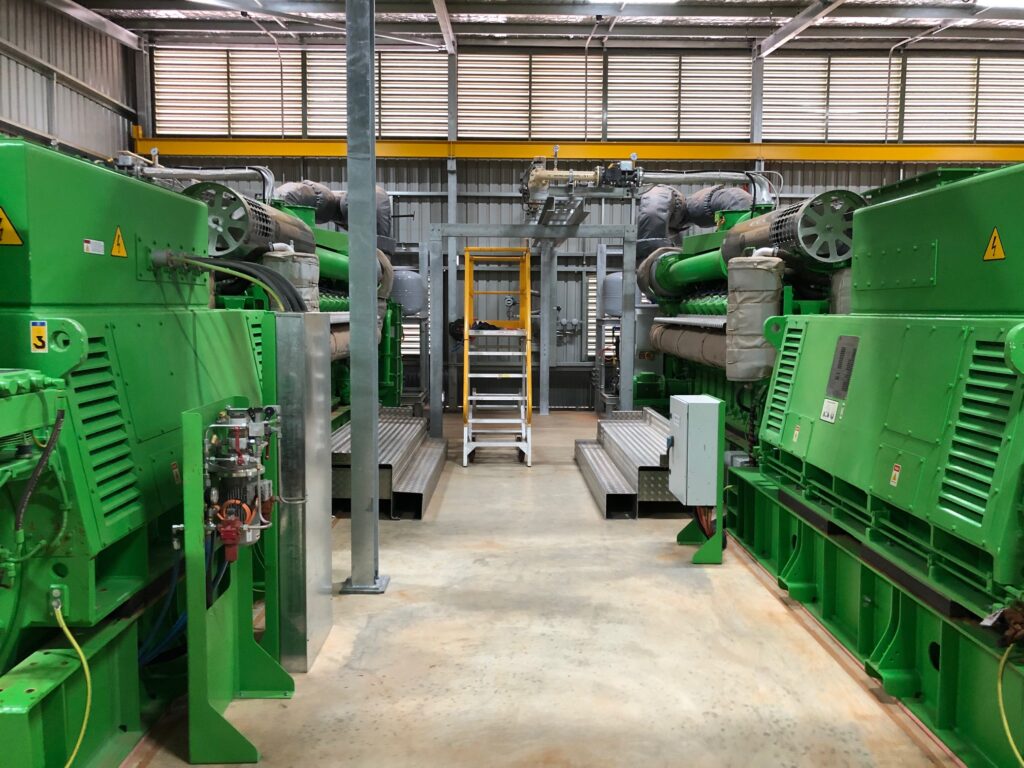Project Background
The project integrates 17.1 MW of solar, 24 MW of wind, and a 12 MW/12 MWh BESS, enabling “Engine Off” capabilities. The goal is to cover up to 70% of the project’s energy needs with renewable energy by 2026, reducing its reliance on diesel and lowering emissions.
How Zenith is Leading the Sector
Zenith Energy was awarded the contract to build, own and operate a 15 MW gas-fired power station at Dalgaranga under a Power Purchase Agreement (PPA) with Gascoyne Resources.
The agreement includes an initial six-year term with an option to extend for a further four years.
This facility contributes to Zenith’s expanding BOO portfolio, increasing its total installed capacity from approximately 110 MW to more than 125 MW upon completion.
The gas-fuelled solution helps de-risk the project by reducing exposure to diesel price fluctuations and lowering operational costs.
Installed capacity
- Thermal: 15 MW gas-fired power station (BOO).
Commercial operation date (COD)
- Power supply was scheduled to commence in late Q2 2018, aligning with the expected start of gold production at the Dalgaranga mine.
Contract term
Six-year PPA between Zenith Energy and Gascoyne Resources, with an optional four-year extension.
Client’s decarbonisation objective
The adoption of gas-fired generation significantly reduces exposure to diesel volatility and lowers emissions intensity, supporting Gascoyne Resources’ goal of improving operational efficiency and sustainability at Dalgaranga.
Additional information
The Dalgaranga Gold Project has a projected mine life of six years, producing approximately 105 000 oz of gold per annum during its first two years of operation.
Construction of the processing facilities was carried out by GR Engineering Services under a A$66.5 million contract, while NRW Holdings was appointed as the mining contractor.
Workers are accommodated at a 240-person village approximately 4 km east of the processing plant.
A new airstrip adjacent to the Dalgaranga village allows direct flights to site.















